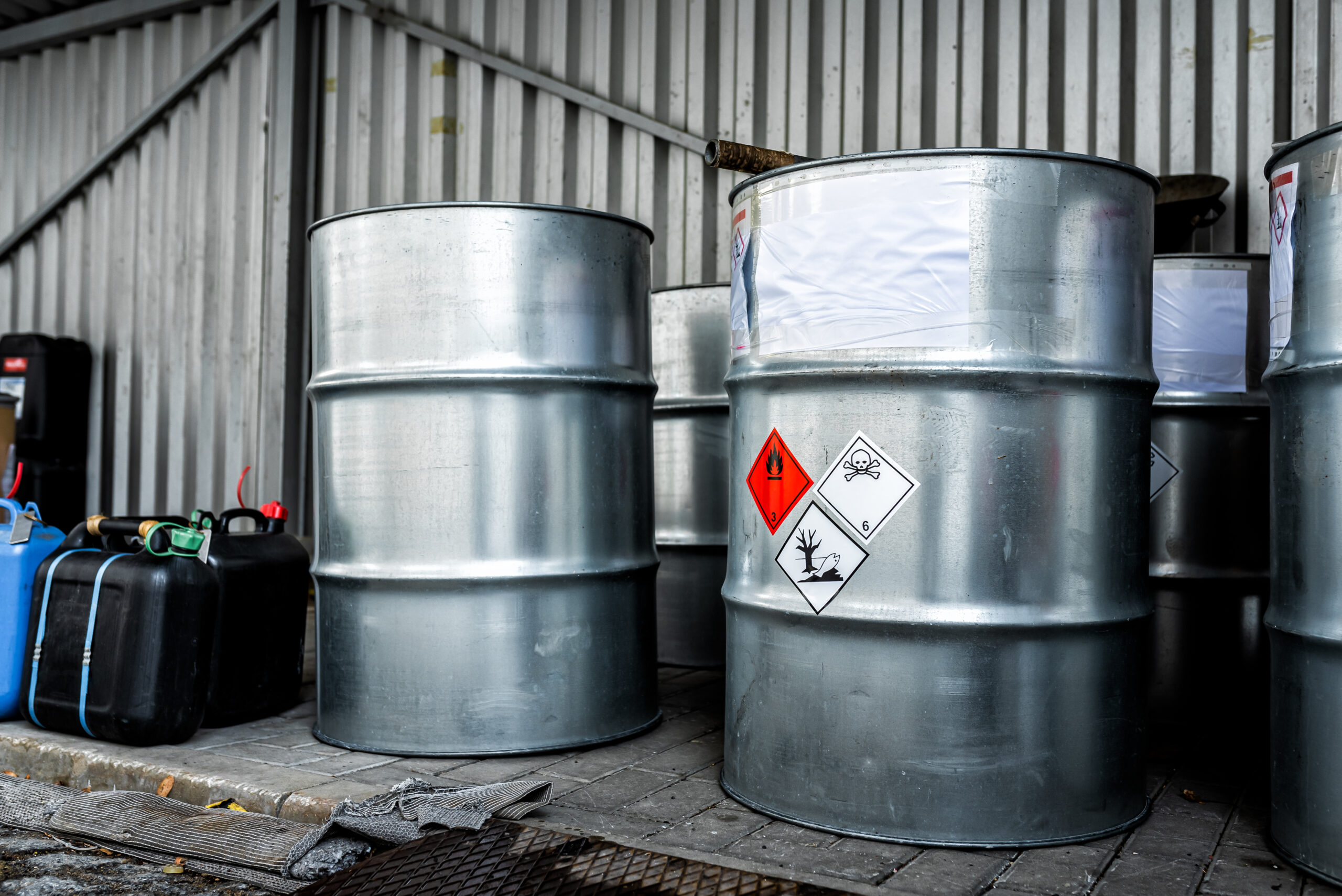Hazardous Material Management Systems (HMMS) are crucial for organizations that handle hazardous materials.
These systems ensure employee safety, compliance with regulations, and operational efficiency. Protecting the environment is also a key objective of HMMS, emphasizing the importance of preventing hazardous materials from causing harm to people, plants, or animals when released into the environment.
This article will explore the essential practices for enhancing your HMMS, focusing on areas from system design to training and emergency response.
Understanding Hazardous Material Management Systems
An HMMS involves methods and tools designed to handle hazardous materials, including chemicals, safely and in compliance with environmental and health standards.
Components typically include the classification and inventory management of chemicals, safety data sheets, and waste disposal procedures.
Organizations must comply with legal frameworks such as OSHA and EPA guidelines to manage these dangerous goods effectively and maintain workplace safety.
Best Practices in Design
Optimizing a management system for hazardous materials begins with the right technology for tracking and reporting.
The design of procedures for the safe handling of these materials should prioritize integration with other safety and operational systems.
This ensures that the hazardous material control system is a cohesive part of the business rather than an isolated feature.
Additionally, it’s crucial to design procedures that include safe handling, storage, and disposal of containers used for hazardous materials, ensuring they address the management of full, partially full, and empty containers to mitigate environmental and public safety hazards.
Training and Competence
Managing hazardous materials effectively requires well-trained personnel.
Organizations should focus on providing comprehensive training programs that include handling, storage, and disposal methods of hazardous materials.
Regular updates to training programs ensure that all personnel are up-to-date with the latest safety protocols and regulatory changes. Certifications in hazardous material management can enhance staff competence.
Emergency Response and Preparedness
Effective HMMS must include robust emergency response plans for handling incidents involving hazardous materials.
These plans should detail clear roles, communication protocols, and regular drills to ensure preparedness.
Evaluating the effectiveness of these plans through drills and real incident assessments is crucial for continual improvement.
Audit and Compliance
Regular audits help ensure that the hazardous material management system complies with all relevant regulations and functions effectively.
Audits should lead to actionable insights and prompt updates to the management system as necessary. Keeping meticulous records is essential for compliance and internal review, helping manage the risks associated with hazardous materials.
Technological Advancements
Technological innovations offer opportunities to enhance HMMS. Automated systems for inventory and transport of hazardous materials can reduce errors and improve efficiency.
Future trends may include AI to predict risks and suggest preventive measures, optimizing the safety and management of hazardous materials.
Conclusion
Optimizing your hazardous material management system is a dynamic process that requires detailed attention, strategic planning, and continuous improvement. The benefits of such optimization extend beyond compliance, enhancing the safety, efficiency, and sustainability of operations.

